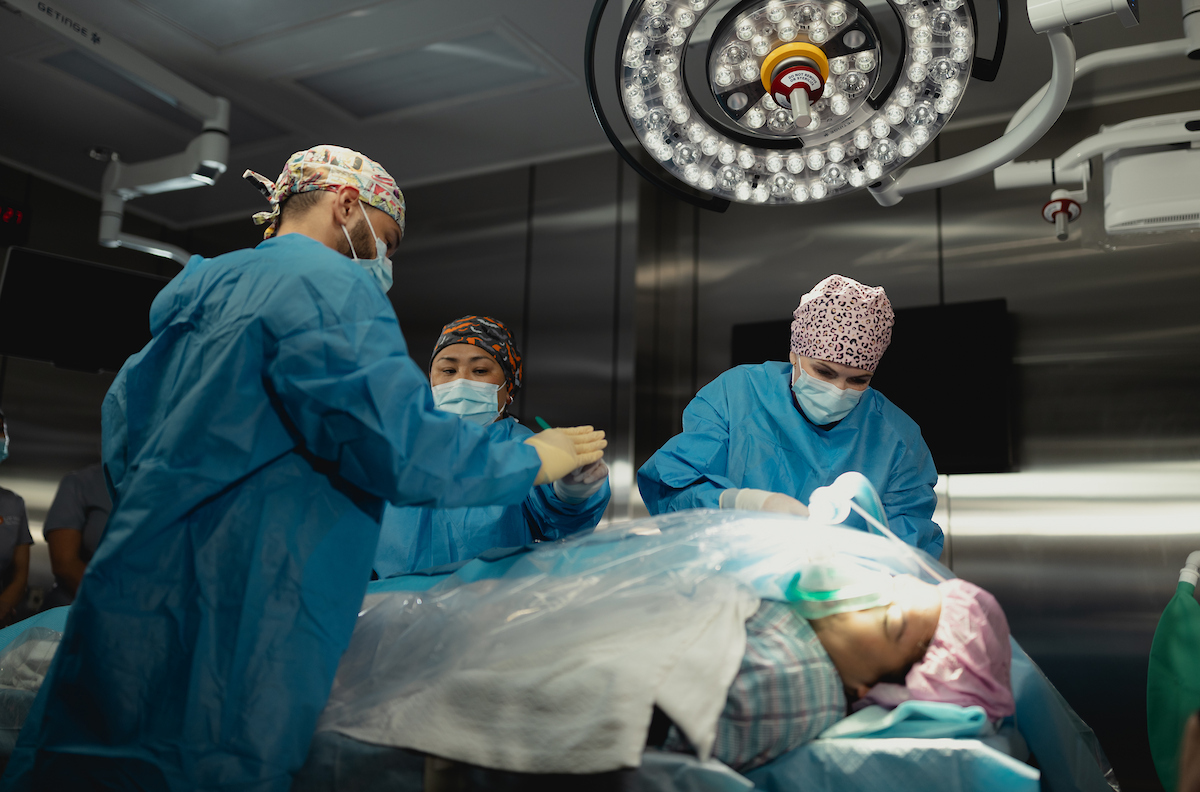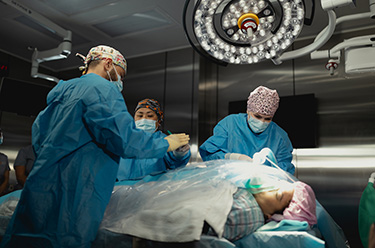What lung cancer patients need to know about cardiothoracic surgery


Co-authored by: Jason M. Gauthier, MD and Daniel DeArmond, MD
Cardiothoracic surgery is a sophisticated specialty that involves a range of conditions, from congenital heart defects to advanced coronary artery disease and cancer. Cardiothoracic surgeons work closely with cardiologists, pulmonologists and oncologists.
What is cardiothoracic surgery?
Cardiothoracic surgeons operate on everything from the neck down to the abdomen — including the lungs. They have highly specialized training to operate on the heart and lungs, making them the most qualified experts to perform lung cancer operations.
Patients with lung cancer that is confined within the chest — meaning it has not spread distantly to the body — make ideal candidates for a lung resection.
There are different types of lung resections that are done for cancer, which typically involve removing the part of the lung that has a tumor within it. It is considered the most effective treatment for early-stage lung cancer because it offers the greatest likelihood of a cure.
Most of these operations are minimally invasive with small incisions. The majority of patients go home the day after surgery and can return to their regular routines in about a week.
What sets us apart
Cardiothoracic surgeons at Mays Cancer Center, home to UT Health San Antonio MD Anderson Cancer Center, have one of the highest volumes for this type of surgery in the state.
We have been awarded a three-star programmatic rating — the highest rating surgeons can receive — for both lung and esophageal cancer resections from the Society for Thoracic Surgery.
Early detection
About 70% of lung cancers diagnosed with a screening chest CT scan are in the early stages of the disease and are candidates for resection. Unfortunately, lung cancer is traditionally caught in later stages because of a lack of screening. About 22% of deaths from all types of cancer can be attributed to lung cancer, according to the American Lung Association.
That’s why we have developed a robust lung screening program in partnership with UT Health San Antonio’s primary care providers to identify patients who are at risk for lung cancer and schedule a low dose CT scan — the primary method for lung cancer detection. Over the last several years, thanks to a partnership with the American Cancer Society, UT Health San Antonio providers have increased the number of screenings to include about 40% of its eligible primary care patients, which is about 10 times higher than the national average.
If you smoke, are a former smoker, are between the ages of 50 to 80 or have other risk factors, ask your primary care provider about lung cancer screening.

 Close
Close